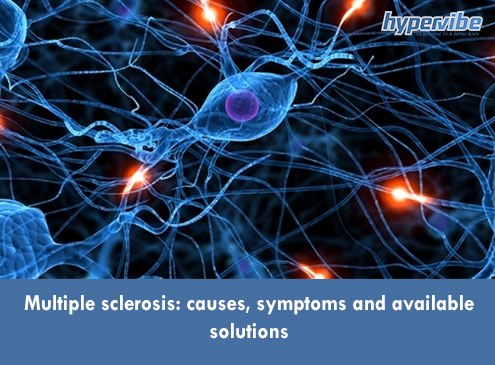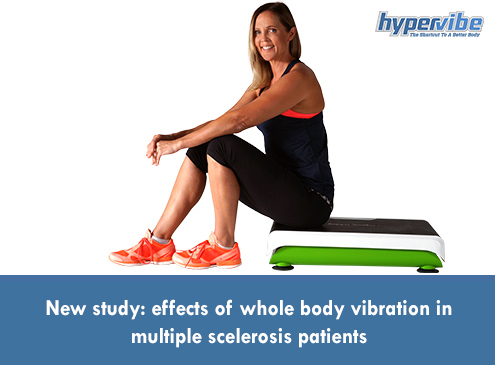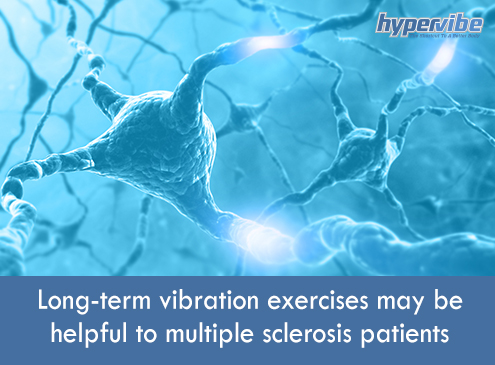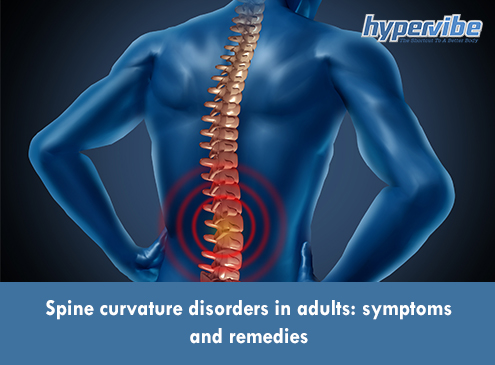Multiple sclerosis: causes, symptoms and available solutions
A potentially disabling disease of the central nervous system – brain and spinal cord, multiple sclerosis attacks the myelin sheath of the nerve fibers, causing communication problems between the brain and the other organs.
The myelin sheath is a protective, insulating sheath that surrounds the core of the nerve fibers and facilitates the transmission of nerve impulses. A fatty substance, myelin increases the speed of electrical communication between nerve cells, performing the same function regardless of where it’s located in the nervous system.
Causes and symptoms of multiple sclerosis
In CNS disorders like multiple sclerosis, spinal cord injury and stroke, myelin sheaths get damaged, so the transmission of signals through these envelopes is affected as well. Current research suggests that the damage of myelin is caused by an autoimmune reaction in multiple sclerosis; more specifically, the immune cells, whose role is to protect the body from viruses and bacteria, mistakenly attack this substance, stripping it away.
As a result, the nerve fibers underneath get exposed and their ability to communicate with each other or to send signals to muscles and other organs is affected. This leads to temporary or permanent symptoms like general weakness and fatigue, numbness, blindness or even paralysis.
These manifestations can vary from one person to another, and from visual to sensory or motor signs. In some patients the manifestations are only mild, while in others they’re so severe that confinement to a wheelchair or bed may be necessary. Over 30% of patients with multiple sclerosis experience significant disability after the age of 20-25 years.
Typically, the first symptoms of MS are visual ones, such as blurred vision, flashing lights or alterations in color. Pain in the muscles that help move the eye may occur, followed by optic neuritis which is the inflammation of the optic nerve, and leads to painful vision loss. Double vision may also occur, and while most patients recover within a couple of months, others are left with permanent vision damage.
Since MS affects the part of the brain that controls fine moves and balance, people suffering from multiple sclerosis may also experience walking and balance problems, and may find it difficult to perform tasks that require precision. Their muscles feel weak and they may drop objects unexpectedly.
Other possible symptoms of multiple sclerosis include facial pain, vertigo (a sensation of spinning), hearing loss in some cases, muscle spasms in the arms and legs, altered body temperature, tingling and numbness of the arms, legs, abdominal muscles or chest muscles.
If the nerves that control involuntary reflexes are affected, bladder problems, constipation and infections of the kidneys, bladder or even blood may occur. Also, patients will experience a constant state of tiredness after doing simple tasks, and this strongly interferes with their daily life, lowering its quality. Sleep disturbances, depression and seizures may also occur.
Participating in strenuous exercise worsens the symptoms of multiple sclerosis, and sometimes even taking a hot shower or going from low to high temperatures quickly can cause the worsening of these manifestations.
How MS is currently treated
As more myelin gets destroyed, the transmission of nerve impulses gets slower and less efficient, and depending on the severity of the immune system attack, even the nerve fibers themselves may get damaged.
At the moment there’s no permanent cure for multiple sclerosis, but there are treatments that can help manage symptoms and slow down the evolution of the disease. The available medications focus on suppressing and changing the activity of the immune system to protect that myelin sheaths that are still healthy, but there’s no drug able to address the regeneration of the lost myelin at the moment.
Some medications used for MS attacks include corticosteroids, which reduce nerve inflammation, beta interferons, which reduce the frequency and severity of multiple sclerosis relapses, and drugs like Copaxone, Tecfidera or Gilenya, which help block the attacks of the immune system on the myelin sheaths.
Unfortunately, all these medications have side effects, and some of them can be really disturbing. An alternative treatment is plasma exchange, in which a part of your plasma is removed from your body and separated from your blood cells, the mixed with a protein solution and put back into your body. This solution is used for MS patients who don’t respond to steroids treatment.
Physical therapy may also be used for managing muscle weakness and gait and balance problems associated with multiple sclerosis. In patients who experience muscle spasms or stiffness, muscle relaxants may be prescribed. Also, medications to reduce fatigue, pain or depression may be recommended.
Stem cell therapy seems to be a potential solution and is currently explored in animal models. Researchers are testing reprogrammed stem cells that can turn into any kind of cell in the nervous system. These stem cells are infused into the spinal cords of lab animals, where they help myelin-producing cells survive the attacks of immune cells.
Whole body vibration was also tested as a solution for managing muscle weakness and balance issues in MS patients. It’s been found that consistent WBV exercises can improve muscle strength and functional capacity of people affected by this condition, as well as walking endurance. However, there is no standard treatment or proven WBV protocol for MS patients, so the results may vary from one patient to another, depending on the severity of the symptoms.
Over 2.3 million people across the globe are suffering from multiple sclerosis, no permanent cure for this condition being currently available.
If you have something to add to this article, post your comment below or join our Facebook community and share your thoughts with us there!













